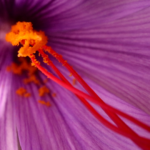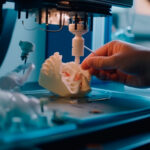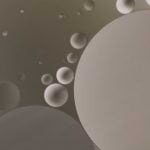
Skinification: plant polysaccharides rescue damaged hair
Expression Cosmétique Guide 2023
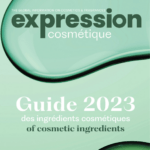
Not only the skin suffers from the exposome impact, so does the hair. Environmental factors induce
visible damages to hair fber: proteins and lipids are impaired, decreasing hair strength and shine.
Taking care of our hair as we take care of our skin through the concept of “skinifcation” , led SEQENS PERSONAL CARE
to develop a marshmallow-based active ingredient that tackles the roughness and porosity of hair.
BY
Aïna Queiroz, Personal Care Innovation and Scientifc communication until 2023
Cécile Gavory, Personal Care R&D Manager
Agathe Le Tirant, Personal Care R&D Project Manager
Cassandra Laguerre, Junior Personal Care R&D Project Manager SEQENS
Origins and physiology of our hair.
Hair evolution contributed to the biological success of mammals (1). In a common ancestor of reptiles, birds and mammals, a rise in the number of cysteine residues facilitated extensive disulfide bond-mediated cross-linking of keratins in claws. These cysteine-rich keratins were co-opted for an additional function in epidermal follicular structures that evolved into hair. Further diversification of keratins occurred during the evolution of the complex multi-layered organization of hair follicles (2). The physicochemical properties of hair fibers are the direct result of the arrangement of their structural elements, in particular proteins which constitute almost 95% of the hair fiber weight (3). Both the internal structure of the cortex as well as the integrity of the external cuticle may become damaged due to cumulative environmental effects. In this con- text, active ingredients dedicated to damaged hair fiber represent an interesting opportunity to counteract these consequences.
Skinifcation and hair exposome
The emerging concept of “skinification” emphasizes the importance of taking care obody parts besides the skin, such as hair. This trend refers to haircare products containing active ingredients borrowing the basic steps from skincare (exfoliating, soothing, moisturizing or protecting).
Maintaining fiber structural intactness is key.
For consumers’ perception of healthy and shiny hair. The correlation between this physical feature and self-confidence and perception by others is validated by clinical studies high- lighting that dry and damaged hair distorts the observers’ perception of attractiveness, health and age (4, 5). The fiber undergoing the same aggressions as the skin, its health thus considerably affects the appearance of hair and self-confidence, leading to find solutions that will not only protect the fiber but also actively restructure it.
Counteracting hair damage caused by natural compounds
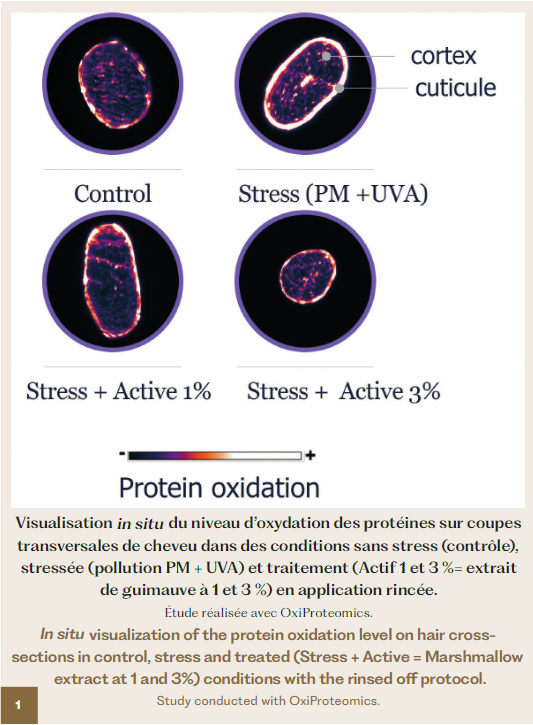
Within the living world, some molecules are capable of reconstructing tissues, such as polysaccharides or mucilage (6). As an illustration, SEQENS explored, at hair and skin levels, the restructuring properties of polysaccharides identified in the roots of marshmallow (Althaea officinalis).
Before giving its name to the famous candy, the marshmallow refers to a plant rich in complex sugars. This plant is also traditionally used for cough and other respiratory problems treatment; a recent evaluation of its efficacy in modern research confirmed those traditional beliefs (7). Marshmallow roots are composed of 5-11% water-soluble polysaccharides such as rhamnogalacturonans, arabinans, glucans, arabinogalactans and glucuronoxylans (8). Various polysaccharides, involved in the anti-cough and anti-inflammatory activity of marshmallow root (9, 10), have the property to adhere to cells such as epithelial cells to form a protective adherent film (11). On the other hand, compounds like glucoronoxylans have also been described as antioxidants (12).
Tests were therefore carried out on skin and damaged hair models to assess the ability of a polysaccharide-rich marshmallow extract to counteract the effects of pollution and UVA rays on the fiber. Data obtained on hair fiber (protein oxidation, porosity and roughness) are presented.
Avoiding oxidation of hair proteins The protective effect at hair level of marshmallow extract has been evaluated against damage from pollution and UVA such as protein oxidation (carbonylation). A signifcant increase of carbonylation level is observed on hair strands upon urban stress, on both cuticle and cortex regions. When applied on hair after stress with a rinsed of protocol, the marshmallow extract showed beneficial effects: on the cuticle region (43% efficacy) and on cortex region (100% efficacy) at 1%, on the cuticle region (64% efcacy) and on cortex region (99% efficacy) at 3%.
Reducing hair porosity
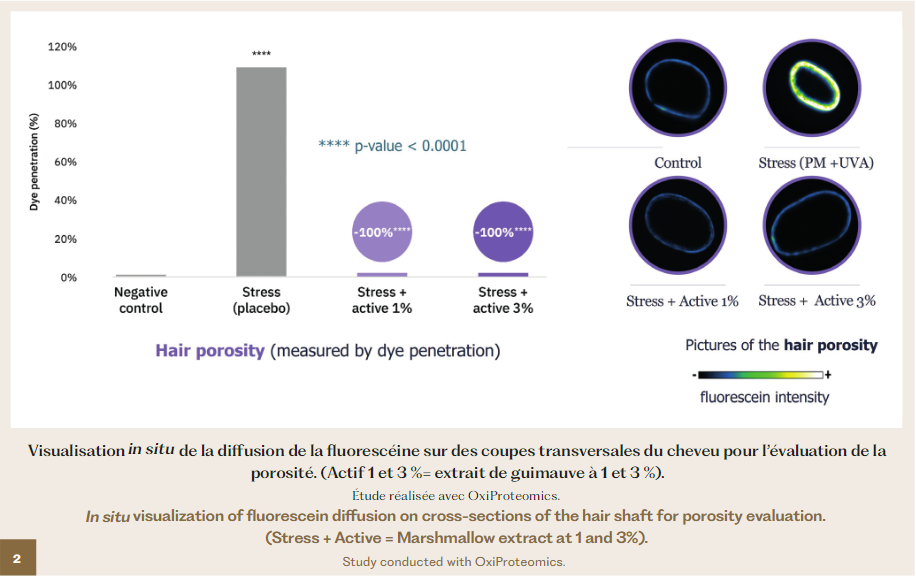
To study the structural consequences of the increased carbonylation of hair fiber proteins and the effects of marshmallow root extract, a porosity study has been carried out. In the control condition, without stress, the fluorophore does not diffuse inside the hair shaft, its porosity being low. As expected, the stress induces a significant increase in the fluorophore diffusion in hair structure due to increased porosity and hair structural impairment. Dye penetration for the control condition is 13% versus 26% for the stress condition. When marshmallow extract was applied to hair after stress, it showed beneficial effects with a significant decrease in dye penetration until reaching the same dye penetration as the control condition (Figure 2). Under these conditions, marshmallow extract is 100% effective at concentrations of 1% and 3% in maintaining the structural integrity of the hair after stress.
Reducing hair roughness
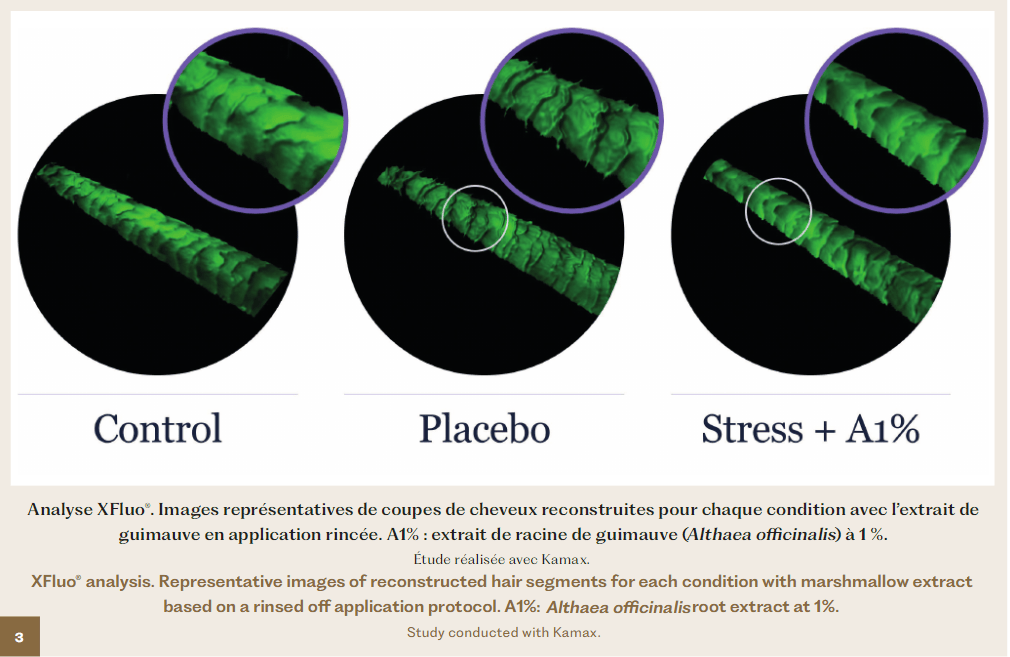
Shine depends on the hair’s ability to refect light. Shiny hair is characterized by tightly packed scales forming a smooth surface: this surface will then reflect the light completely. The hair roughness is related to the opening of the scales. Pollution and UVA induce modifcations, in particular an opening of the scales increasing the hair roughness. The 3D image reconstruction presented in Figure 3 of the control condition shows hair with fat and tight cuticles. After applying stress to the hair, an open cuticle with “grooves” is observed, resenting damaged cuticle scales. With the application on hair after stress of marshmallow extract, benefcial effects are observed with 85% of efcacy at 1%; p-value < 0,1, when applied with a rinsed-of protocol.
Conclusion
The effectiveness of a polysaccharides- rich marshmallow root extract in restructuring hair fibers exposed to particulate matter and UVA was demonstrated. The structure of the hair is preserved by the anti-carbonylation activity of the proteins of the cuticle and the cortex, resulting in improved hair quality characterized by reduced porosity and surface roughness. Taken together, the beneficial efects of this active ingredient developed by SEQENS’ research teams may be relevant to consumers seeking natural and effective hair care solutions.
This study has identified phytochemical compounds in marshmallow (Althaea ofcinalis) that are specifically suitable for “skinifcation”, enhancing the beauty and health of both skin and hair. This opens the way to a greater sophistication of hair care and formulas highlighting active ingredients that have been developed in this perspective. ●
